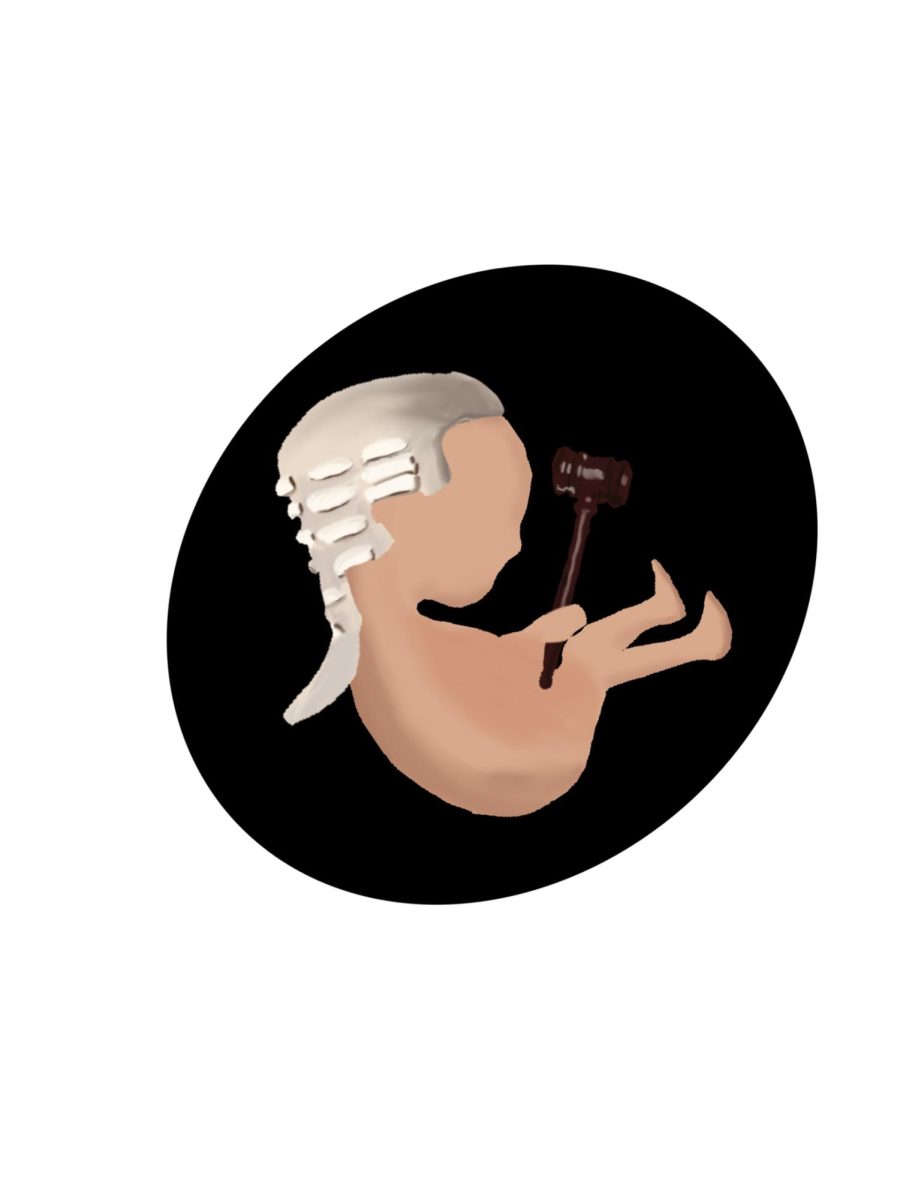“I promise you, folks can make a lot more, potentially, with skilled manufacturing or the trades than they might with an art history degree.” During a recent trip to Wisconsin, President Obama made headlines after this remark discouraging fine arts degrees.
The president is only one of many politicians who have recently come to devalue liberal arts education. Gov. Mitt Romney has criticized English degrees; Gov. Rick Scott, R- Fl., has questioned the value of anthropology and Gov. Patrick McCrory, R-NC, has opposed public funding for gender studies.
UTSA is not immune to the negative stigma against liberal and fine arts majors — and it shows. Tier One universities generally require $100 million in research expenditures and a competitive acceptance rate. Speeches from UTSA administration constantly push the university’s agenda to become a Tier One research institution, and while Tier One is undeniably great, we’re letting other colleges fall by the wayside.
It is imperative to UTSA’s development that they proportionately develop its various fields of study. Science, Technology, Engineering and Math (STEM) are amazing programs that will attract funding and recognition. STEM degrees have the potential to innovate and improve society. But are arts degrees worthless simply because their outcomes are less tangible?
Arts education has numerous benefits beginning from a very young age. According to the Public Broadcasting Service (PBS), when art is integrated into primary school education, children see improvements in decision-making, inventiveness, cultural awareness and overall improved academic performance.
The positive outcomes of arts education do not end after high school. A recent study by the Association of American Colleges and Universities found that, while liberal arts majors may take longer to reap the benefits of their degrees, they have similar levels of employment, salary and overall job satisfaction to their STEM degree counterparts.
Another recent study released by the Strategic National Arts Alumni Project (SNAAP) found that 92 percent of those who graduated with a fine arts degree were currently working. Of that 92 percent, 57 percent were working as professional artists.
The study also found that those who graduated with fine arts degrees tended to be entrepreneurial with their talents — six out of ten were self-employed — and those who pursued graduate or doctorate degrees found long-term success (based on job security and income level).
Supporting arts education is beneficial to everyone, not just those who wish to graduate with an arts degree.
When Steve Jobs revealed the iPad 2 in 2011, he recognized the importance of arts education, saying, “It is in Apple’s DNA that technology alone is not enough — it’s technology married with liberal arts, married with the humanities, that yields us the results that make our hearts sing.”
STEM programs may prompt priceless innovation, but it is the inspiration and passion from the arts that creates true, long-lasting change.

















